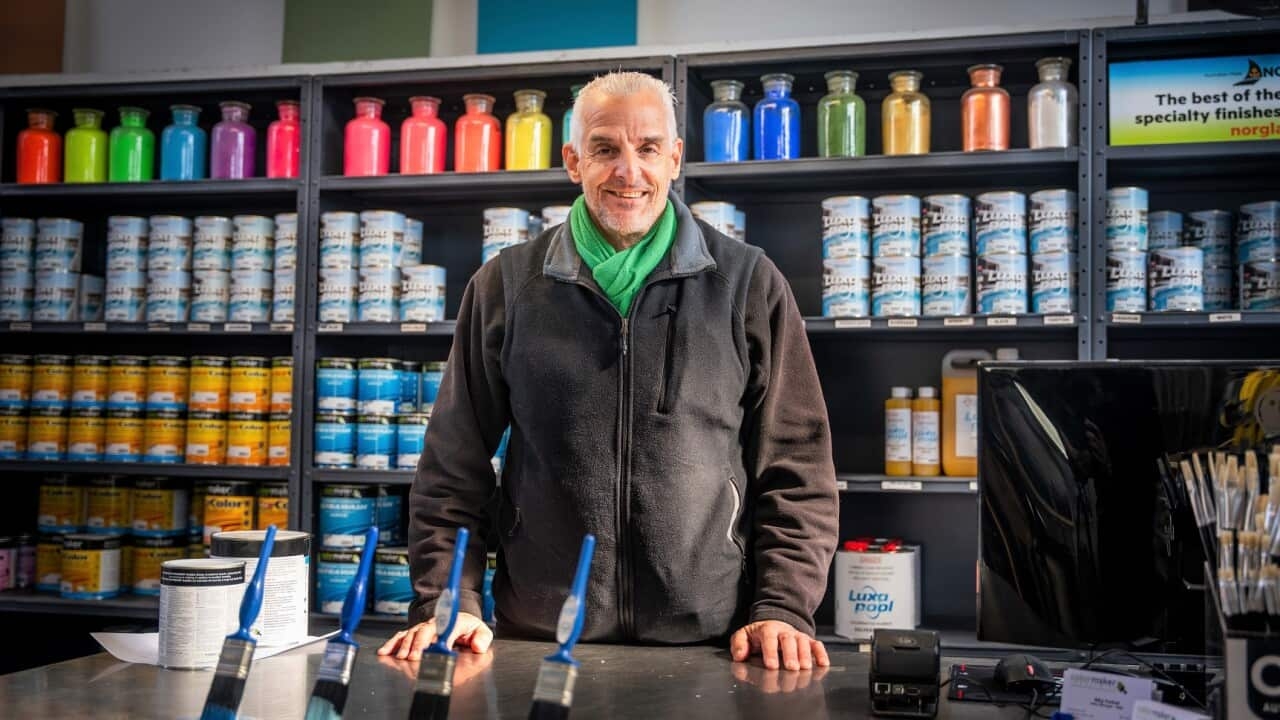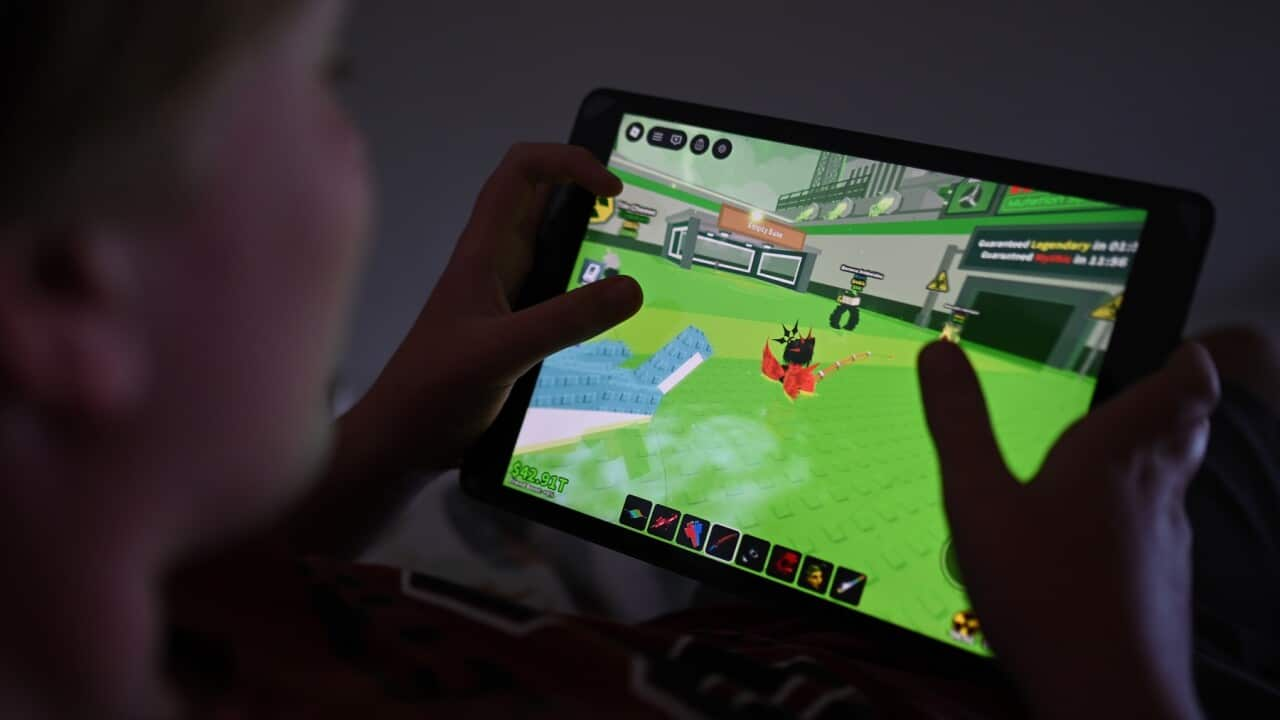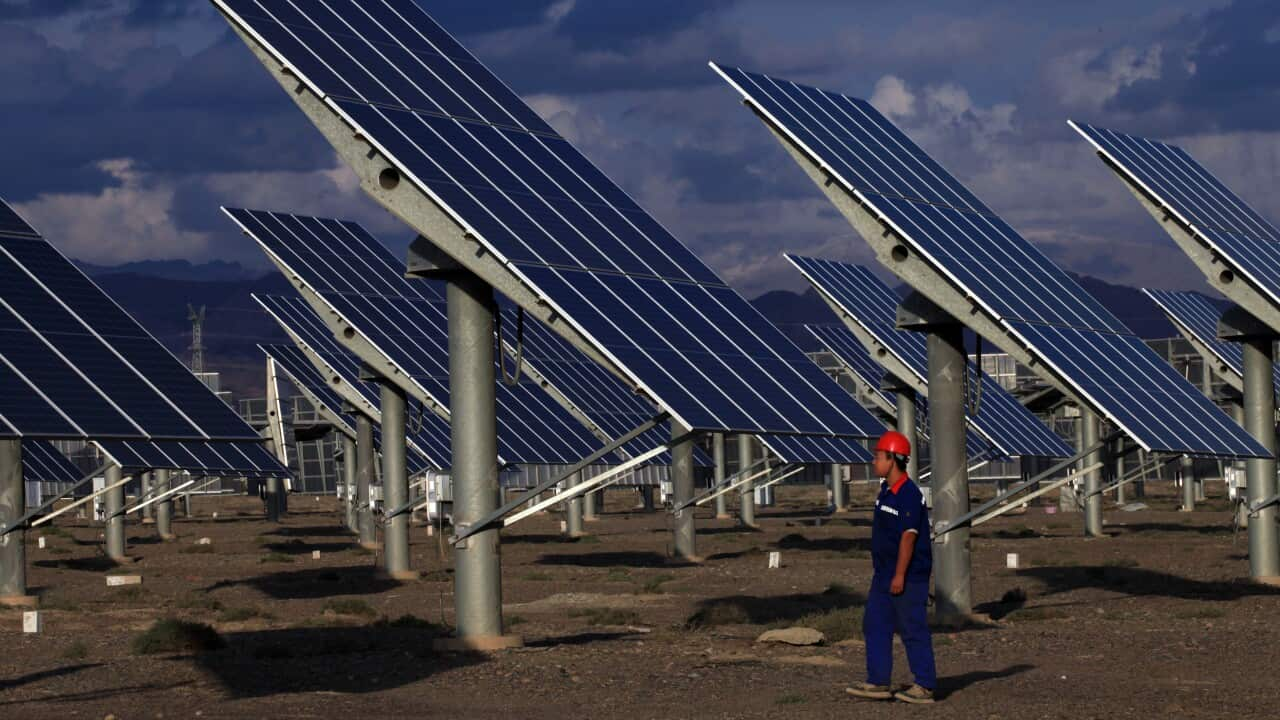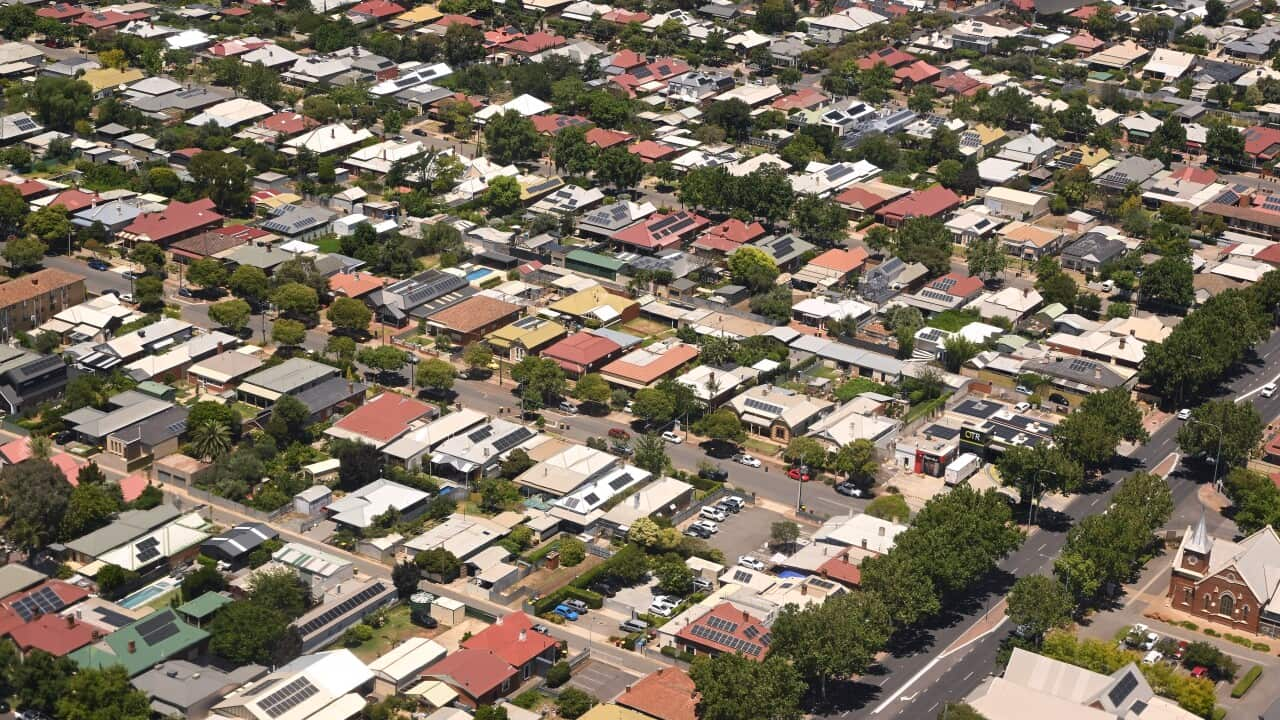TRANSCRIPT:
David Stuart runs a paint business on Sydney’s northern beaches and when it comes to cutting electricity costs, he’s ahead of the curve.
"Our factory here in Brookvale is powered 100 per cent with solar energy. Before we went solar, we were spending $24,000 a year on electricity. All that was being wasted. We took the plunge, we went solar, we got a bank loan to do it. That bank loan is now paid off. Our power bills are now negative."
As managing director of Colormaker Industries, Mr Stuart has combined sustainability and innovation to beat rising prices.
"Electricity is an inescapable cost for most small businesses. We're an Australian manufacturer, trying to be competitive on a world stage. As power prices rise, that takes money out of the bottom line."
Mr Stuart’s paint factory now runs entirely on renewable energy, powered by a 100-kilowatt rooftop array backed by a custom-built battery.
"Our big battery is Australian designed and built. It can take the surplus solar that we produce during the course of the day, store it overnight, then we can run all of our morning production with it. Had you told me six years ago we'd be where we are now, I would never have believed you."
More Australians are buying big batteries as upfront prices fall, by around 20 per cent last year alone, according to the Climate Council’s Greg Bourne.
"Initially the cost of batteries was too high and the payback period didn't really work, but that crossover point has really occurred right now and there's many more batteries available, whether it be at the residential level or at the small business level."
As power prices soar, up by 9 per cent last quarter according to the Australian Bureau of Statistics, Mr Bourne urges more people to get on board with battery storage.
"We have 4 million homes already with solar panels, but it's a much smaller percentage have got batteries. I would want it to double and double and double again."
Electricity prices are driving up Australia’s inflation figures.
The cost of living (CPI) rose by 3.2 per cent in the year to September.
According to a new report from the Australian Chamber of Commerce and Industry, these rising costs are hurting Australia’s 2.5 million small business owners.
CEO Andrew McKellar explains.
"Energy is certainly one of the top costs that small businesses cite. So, it is very clear that rising energy bills over recent years have taken a toll, we know that across NSW, Victoria and QLD for many businesses those costs have gone up 200 per cent in the past three years or so and it’s a significant cost pressure that many small businesses are facing!"
For its Small Business Conditions Survey, the Chamber of Commerce spoke with 1,100 small business owners across the nation.
More than one quarter, 28 per cent, had considered closing in the past year and 30 per cent worried they may close within the next 12 months.
Cost pressures are a concern for the Council of Small Business Organisations Australia (COSBOA).
Chair Matthew Addison says many owner operators surveyed for the Small Business Perspectives reported they use personal savings to stay afloat.
"Really tough business environment we're in at the moment and what this report brought out was 64 per cent said they recorded lower profits this year than they did the year before. Sixty per cent reported as business owners, they couldn't pay themselves every payday."
Despite rising costs, including power prices, Mr Addison says going solar is not for everyone.
"Bill comparison is always a wise technique. If a business is in a situation, they can look at putting solar panels in or put a battery in. But in the two and a half million small businesses in Australia, one and a half million of those are sole traders, that's the individual themselves. They don't necessarily have the time or capacity or the financial capacity to invest in what might be the solar panels or the battery."
But with profits under pressure, Mr Stuart says making small changes can make a big difference to the bottom line.
"We bought in an energy efficiency engineer, he did an audit of the entire site and found that 26 per cent of our electricity was being used to make compressed air and a third of that was being wasted. So, we bought a new compressor and over the 12 months after that was introduced, we saw a 23 per cent drop in entire energy usage. We also bought an electric forklift. So that means we've got no more LPG on site. W e changed our lighting to LEDs. That's something that any company can do, at surprisingly little cost. And we also bought a mega shredder. So, a lot of the cardboard that we had previously sent out to be recycled we can now use on site and give it a second life. Since we introduced solar and the other enhancements, we're now saving somewhere between $35,000 and $50,000 a year every year. That's baked in!"
Business failure rates are forecast to stay above 5 per cent for the next year, and Mr Stuart has this advice for those struggling.
"You don't need a big budget to innovate. You just start where you can, measure the impact and go from there."













